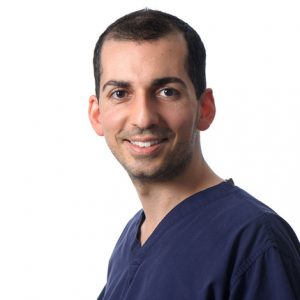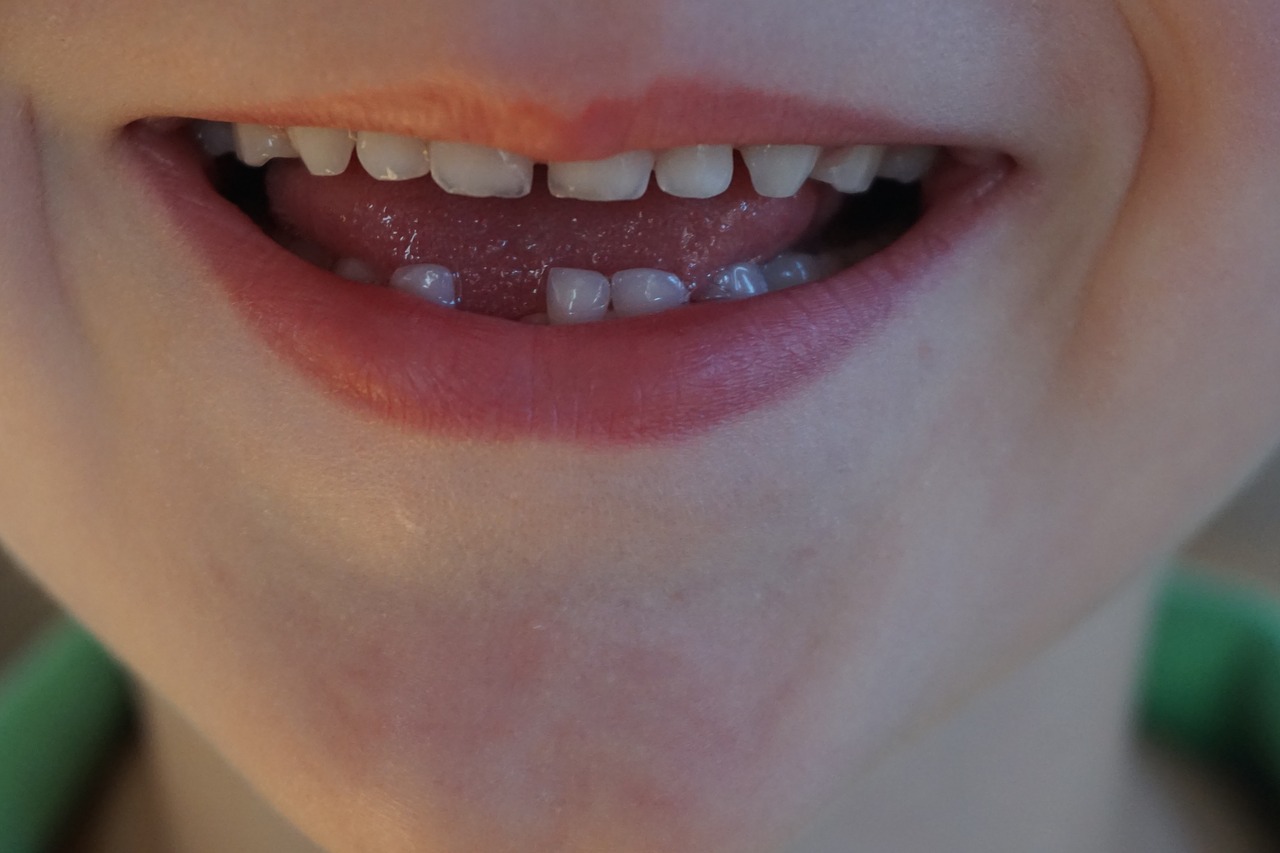Human tooth development starts in a foetus from the very early stages of pregnancy. For human teeth to have a healthy structure, all parts of the tooth must develop during the appropriate stages of foetal development.
The primary teeth (also known as milk teeth, baby teeth and deciduous teeth) form in the sixth to eighth week of pregnancy development while permanent teeth begin to form in the twentieth. If teeth do not start to develop at or near these times, they do not develop at all.
This doesn’t mean a new-born will have two complete sets of fully developed teeth hidden in his or her jaw. Tooth buds will develop into fully developed teeth as the child ages.
Primary Teeth
The first primary tooth will erupt around the age of six months. This is the beginning of the teething stage, which will continue until as late as 33 months where the rest of the teeth will erupt. There are a total of twenty primary teeth: 10 per arch (upper and bottom).
Primary teeth are essential to the development of the oral cavity as the development of the jaw muscles, bone, and the eruption of the permanent teeth rely on the placement of the primary teeth.
The bottom front teeth are usually the first primary teeth to make an appearance:
- Central incisors: 6–12 months
- Lateral incisors: 9–16 months
- First molars: 13–19 months
- Canine teeth: 16–23 months
- Second molars: 22–33 months
The permanent teeth actually develop from the same tooth buds as the primary teeth, and the roots of primary teeth provide an opening for the permanent teeth to erupt.
In addition to providing a crucial developmental structure, primary teeth are also important for the development of speech.
Caring for Primary Teeth
Caring for primary teeth begins even before the teeth erupt. Many experts say cleaning the gums can decrease the growth of harmful bacteria.
You can actually start using a soft toothbrush to clean an infant’s mouth once the first tooth makes an appearance, using a smear of toothpaste. By 24 months you can use a pea-size amount of toothpaste.
As the child learns to brush his or her own teeth, it’s still advised to supervise them to ensure proper cleaning and safety.
Taking your child to the dentist
Children should see a dentist as soon as they are able to engage in the process, and this can vary for each child. By 18 months, most children should be able to tolerate a visit to the dentist. No matter what you decide to do, the earlier you do it, the better it is.
These are excellent opportunities to familiarise a child to the dental practice, and studies have shown that early visits help decrease the occurrence of tooth decay and cavities later in life.
Permanent Teeth
The tooth fairy will start making visits to a child as he or she approaches the age of six, when permanent teeth start erupting. The first of the permanent teeth to erupt are the first molars, and they appear right behind the last primary molar. These are important and are vital for the correct development of the permanent set.
It is common that by the age of 12 or 13, permanent teeth have completely replaced the primary teeth, although it isn’t terribly rare for primary teeth to be retained well into adulthood. By this age, there will be 28 of the 32 permanent teeth.
The last four of the 32 permanent teeth are the wisdom teeth, and they generally erupt between the ages of 17 and 25. Some people do not develop wisdom teeth at all.
Caring for Permanent Teeth
As permanent teeth come in, it is very important to make regular visits to the dentist as this is a key transitional period. Since this new set of teeth will last the rest of a person’s life, it is vital that they erupt without any issues. However, don’t worry if your child’s teeth look wonky, a visit to the dentist for a check will confirm that your child may need braces in earl adolescence.
Along with building good oral hygiene practices and habits, regular visits will help dentists decide if braces are required. These include train tracks or Invisialign. They are often used to correct under bites, as well as malocclusions, overbites, open bites, deep bites, cross bites, crooked teeth, and various other flaws of the teeth and jaw. It should be noted that dental braces may be needed no matter how good your oral hygiene is.
If you are concerned with the aesthetics of the traditional metal train tracks, the clear Invisialign braces can be an excellent alternative.
Visit a Children’s Dentist
It is essential for children to understand the importance of dental health from an early age, so at Vitality, we offer a welcoming, friendly environment for children to receive regular dental check-ups and treatment. We believe that carefully planned hygienist appointments early on in a child’s dental experience are essential to prevent fear and anxiety about dental treatments later in life.
Make an appointment at Vitality today.


